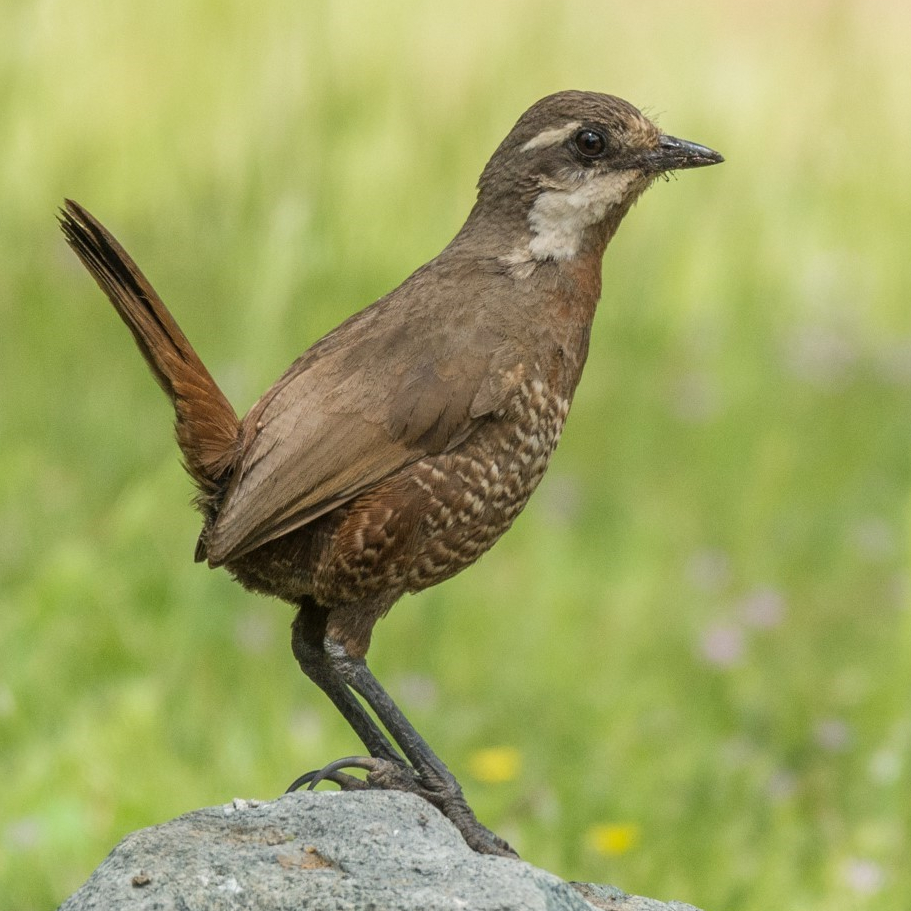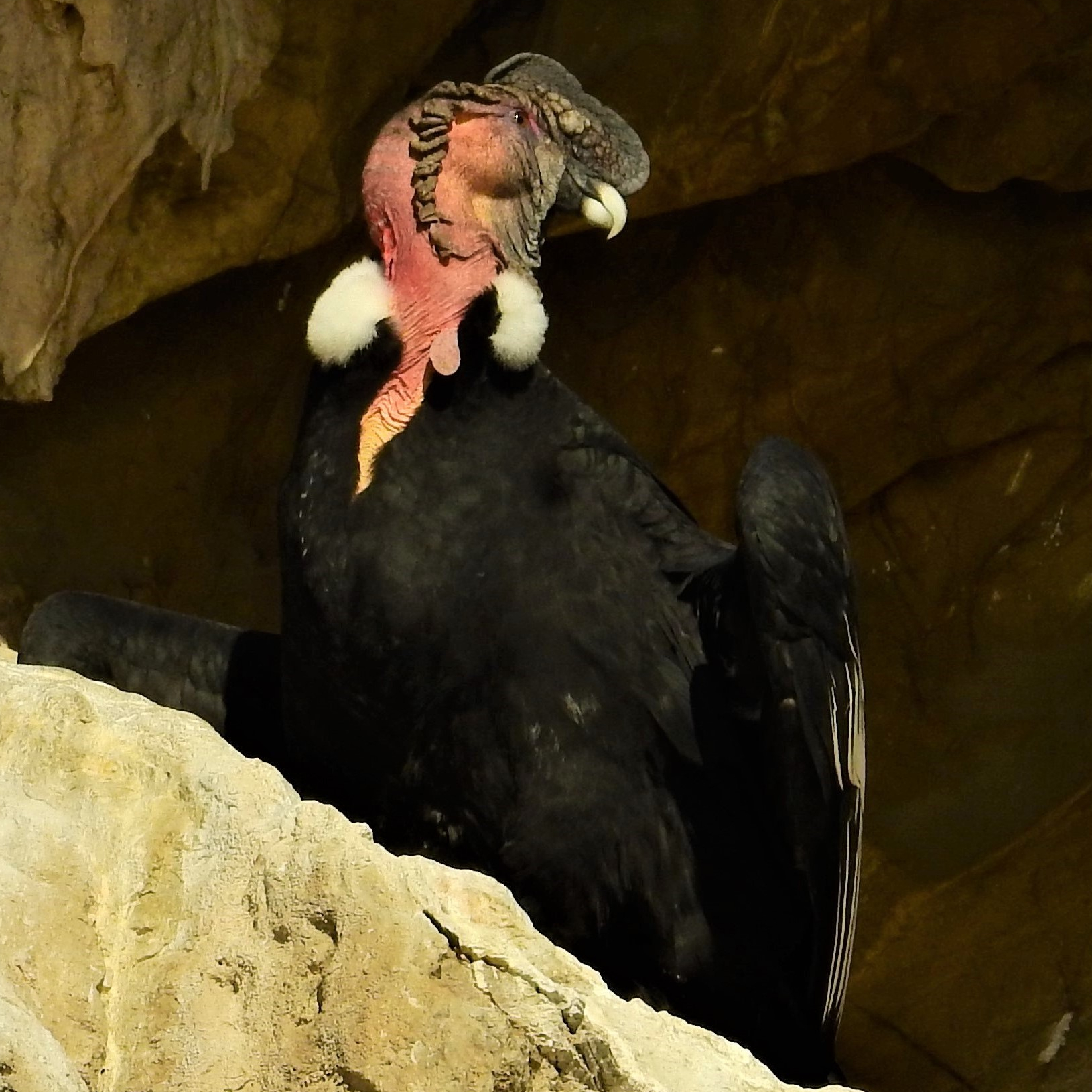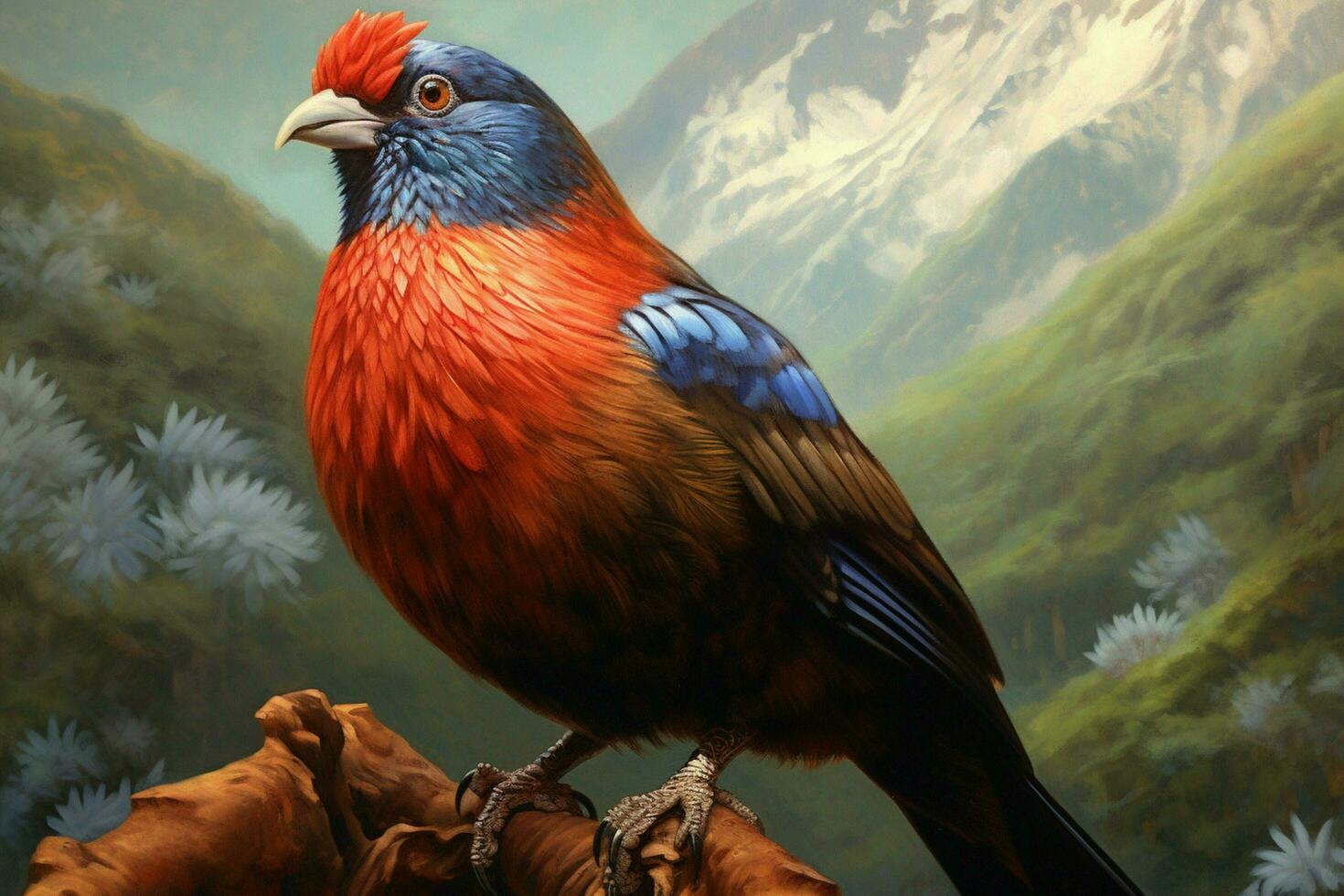When you think about Chile, what comes to mind? The breathtaking Andes mountains? Or maybe the vibrant culture and traditions? But did you know that Chile also has an incredible national bird that symbolizes strength and freedom? The Andean condor, officially recognized as the Chile national bird, is not just any bird—it’s a majestic creature that soars high above the Andes and captures the hearts of nature enthusiasts worldwide. In this article, we’ll dive deep into the world of the Andean condor and uncover why it’s such an important symbol for Chile.
Imagine a bird with a wingspan of up to 10 feet, gliding effortlessly through the skies. That’s the Andean condor for you! This incredible bird is more than just a symbol; it represents the resilience and beauty of Chile’s natural landscapes. Whether you’re a bird lover, an adventurer, or simply curious about wildlife, this article will take you on a journey to explore everything you need to know about the Chile national bird.
From its fascinating biology to its cultural significance, the Andean condor is a true marvel of nature. So buckle up and get ready to learn some cool facts about this incredible bird. Oh, and don’t worry—we’ll also touch on how you can help protect this endangered species so future generations can enjoy its majesty too.
Read also:Jan Markel Radio The Voice That Revolutionized Airwaves
Why Is the Andean Condor the Chile National Bird?
Choosing a national bird is no small feat, and Chile didn’t just pick any bird to represent their country. The Andean condor was chosen because it embodies the spirit of Chile—strong, resilient, and free. This magnificent bird is native to the Andes mountain range, which stretches across Chile, making it a perfect fit to symbolize the country’s natural beauty.
But what makes the Andean condor so special? Well, for starters, it’s one of the largest flying birds in the world. Its massive wingspan allows it to soar effortlessly for hours without flapping its wings. Plus, its striking appearance—with its dark plumage, white neck feathers, and bald head—makes it stand out in the sky. In short, the Andean condor is a true icon of the Andes and a fitting representation of Chile’s rich biodiversity.
Biography of the Andean Condor
Basic Information About the Chile National Bird
Before we dive deeper, let’s take a quick look at some basic facts about the Andean condor:
Name: Andean Condor (Vultur gryphus)
Scientific Classification: Kingdom: Animalia, Phylum: Chordata, Class: Aves, Order: Cathartiformes, Family: Cathartidae
Wingspan: Up to 10 feet
Weight: 15-33 pounds
Diet: Carrion (dead animals)
Habitat: Andes Mountains
Physical Characteristics of the Andean Condor
Now let’s talk about what makes the Andean condor so visually stunning. This bird has a sleek black body with a collar of white feathers around its neck. Its head is bare and can range in color from reddish to orange, depending on its mood. Yep, you read that right—this bird’s head changes color based on how it’s feeling! How cool is that?
And let’s not forget those impressive wings. The Andean condor’s wingspan can reach up to 10 feet, making it one of the largest flying birds in the world. These wings allow it to glide effortlessly through the air, often covering vast distances without even flapping once.
Read also:Navy Football On Sirius Radio Your Ultimate Guide To Catching All The Action
Where Does the Chile National Bird Live?
The Andean condor calls the majestic Andes Mountains its home, and it’s no surprise why. These mountains provide the perfect environment for this bird to thrive. The high altitudes and strong winds make it easy for the condor to soar for hours on end, searching for food. But the Andean condor isn’t limited to just Chile—it can also be found in other South American countries like Argentina, Bolivia, and Peru.
Interestingly, the Andean condor prefers open grasslands and alpine regions, where it can spot carrion from miles away. Its keen eyesight allows it to spot food from great heights, making it an efficient scavenger. So if you ever find yourself hiking in the Andes, keep your eyes peeled—you might just catch a glimpse of this magnificent bird!
What Does the Andean Condor Eat?
As a scavenger, the Andean condor primarily feeds on carrion, or dead animals. This means it plays a crucial role in maintaining the ecosystem by cleaning up carcasses and preventing the spread of disease. But don’t worry—this bird isn’t just a garbage collector. It’s highly selective about what it eats, preferring fresh carcasses over ones that have been decaying for too long.
Some of the animals the Andean condor might feast on include llamas, sheep, and even large mammals like deer. And because it can go several days without eating, it’s perfectly adapted to life in the harsh Andean environment. Plus, its strong beak and sharp talons make it easy for it to tear through tough hides and bones.
Threats to the Chile National Bird
Why Is the Andean Condor Endangered?
Unfortunately, the Andean condor is considered a vulnerable species, and its population is decreasing. One of the biggest threats to this bird is habitat loss. As human populations grow, more and more land is being developed, leaving less space for the condor to roam. Additionally, pesticide use and poisoning have also taken a toll on its numbers.
But perhaps the most alarming threat is hunting. Some people mistakenly believe that the Andean condor preys on livestock, leading to its persecution. However, this couldn’t be further from the truth. The condor is a scavenger, not a predator, and poses no threat to living animals. Education and conservation efforts are crucial to protecting this incredible bird and ensuring its survival for future generations.
Conservation Efforts for the Andean Condor
Thankfully, there are many organizations and individuals working hard to protect the Andean condor. One of the most successful programs is the Andean Condor Reintroduction Project, which aims to release captive-bred condors back into the wild. These birds are carefully monitored to ensure their survival, and the program has already seen some promising results.
Another important initiative is raising awareness about the importance of the Andean condor in the ecosystem. By educating local communities about the bird’s role as a scavenger, conservationists hope to reduce hunting and persecution. Plus, eco-tourism can provide economic incentives for protecting the condor, as more and more people travel to South America specifically to see this magnificent bird in the wild.
Cultural Significance of the Andean Condor
Symbolism in Chilean Culture
In Chile, the Andean condor is more than just a bird—it’s a cultural icon. This majestic creature is often depicted in art, literature, and even on the Chilean coat of arms. It represents freedom, strength, and resilience, qualities that Chileans hold dear. In fact, the condor is so revered that it’s even featured in traditional Andean myths and legends.
For many indigenous communities in South America, the Andean condor is seen as a spiritual guide and a connection to the divine. Its ability to soar high above the earth is believed to bring it closer to the gods, making it a powerful symbol of spirituality and wisdom. So when you see the Andean condor, remember that it’s not just a bird—it’s a cultural treasure that connects people to their heritage and traditions.
Interesting Facts About the Andean Condor
Here are some fun facts about the Chile national bird:
- It can live up to 70 years in the wild!
- Male and female condors look almost identical, but males have a distinctive comb on their heads.
- It can fly at altitudes of up to 16,000 feet.
- Its heart beats only 5 times per minute while flying.
- Andean condors mate for life and work together to raise their young.
How Can You Help Protect the Andean Condor?
If you’re passionate about wildlife conservation, there are plenty of ways you can help protect the Andean condor. First and foremost, support organizations that are working to preserve this species. Whether it’s through donations or volunteering, every little bit helps. You can also spread awareness by sharing information about the condor with friends and family.
Another great way to help is by supporting eco-tourism initiatives in South America. By visiting areas where the Andean condor lives, you’re contributing to the local economy and encouraging conservation efforts. Plus, seeing this incredible bird in the wild is an experience you’ll never forget!
Conclusion: Celebrating the Chile National Bird
As we’ve seen, the Andean condor is so much more than just the Chile national bird—it’s a symbol of strength, freedom, and resilience. From its impressive physical characteristics to its important role in the ecosystem, this bird truly is a marvel of nature. But with its population declining, it’s up to all of us to take action and ensure its survival.
So what can you do? Start by learning more about the Andean condor and sharing your knowledge with others. Support conservation efforts and consider visiting South America to witness this incredible bird in its natural habitat. Together, we can help protect the Andean condor and preserve its legacy for generations to come.
And remember, every small action counts. Whether it’s reducing your carbon footprint or supporting sustainable tourism, you have the power to make a difference. So let’s honor the Chile national bird by doing our part to protect it—and while you’re at it, don’t forget to leave a comment or share this article with your friends!
Table of Contents
- Chile National Bird: Discovering the Majestic Andean Condor
- Why Is the Andean Condor the Chile National Bird?
- Biography of the Andean Condor
- Basic Information About the Chile National Bird
- Physical Characteristics of the Andean Condor
- Where Does the Chile National Bird Live?
- What Does the Andean Condor Eat?
- Threats to the Chile National Bird
- Why Is the Andean Condor Endangered?
- Conservation Efforts for the Andean Condor
- Cultural Significance of the Andean Condor
- Symbolism in Chilean Culture
- Interesting Facts About the Andean Condor
- How Can You Help Protect the Andean Condor?
- Conclusion: Celebrating the Chile National Bird


